Data breaches are rising, hitting 32% of all businesses and 69% of large firms in the UK. Also, did you know the NHS reported over 3,500 data breaches in just two years? In the healthcare sector, where safeguarding sensitive patient information is of utmost importance, this calls for urgent action. This is where Zero Trust Architecture (ZTA) emerges as the robust solution, trusting no one and verifying all to defend valuable patient data.
Let’s dig deeper into how Zero Trust Architecture is reshaping data security in healthcare.
What is Zero Trust Architecture?
Zero Trust Architecture is a security framework that doesn’t automatically trust anything inside or outside its network. Instead, it verifies every attempt to connect to its system before granting access.
It upholds three core principles: never trust, always verify, and least privilege access control. In simpler terms, it doesn’t blindly trust any user or device. Instead, it constantly verifies them and provides only the minimum access essential for particular tasks.
Benefits of Adoption of Zero Trust Architecture in Healthcare
Reduced attack surface
Zero Trust Architecture reduces the risk associated with data breaches by minimising the “blast radius”—the impact of a breach if one occurs. Even if an unauthorised user somehow breaches the system, the damage stays limited because of ZTA’s principle of least privilege access control.
Continuous monitoring
Zero Trust Architecture continuously checks user identity, device health, and access requests. This thorough vetting doesn’t just happen once. It’s a continuous, rigorous process to prevent unauthorised access. Whether it’s 2 pm or 2 am, Zero trust architecture always works to ensure data is safe.
Improved compliance
Zero Trust Architecture aligns well with HIPAA compliance requirements. Healthcare organisations often grapple with maintaining HIPAA’s stringent norms, and adopting ZTA can make it easier. Compliance with HIPAA is now more of a certainty rather than a challenge.
Insider Threats in Healthcare
When we think of healthcare, we often think that it’s all about caring for people. But there’s another side to the coin. Sometimes, dangers to people’s private data come from within healthcare organisations. These are what we call ‘insider threats’, and they cause waves in the healthcare industry.
Eye-opening incidents and figures
Data breach at NHS
In February 2023, a National Health Service (NHS) Trust in Liverpool, England, confronted a significant data security incident. Due to an inadvertent disclosure, the personal details of approximately 14,000 staff members were compromised. This event triggered a data breach, posing serious risks for employees and the trust.
OCR breach reports
Turning our attention to the US, we’re looking at a pattern that’s becoming all too familiar. In 2023, the story was about 725 breach notices landing on the Office for Civil Rights’ desk. The consequence: personal data of over 133 million individuals was exposed or improperly shared.
Common types of insider threats in healthcare
Disgruntled employees
Sometimes, the internal team causes problems. Disgruntled employees might intentionally misuse data due to dissatisfaction or personal vendettas. Implementing a Zero Trust Architecture ensures that even these insiders are never automatically trusted, significantly reducing such risks. Every action they try to perform is meticulously verified.
Accidental data sharing
Mistakes do happen. An email sent to the wrong person or a document left open can lead to massive data exposure. A Zero Trust Architecture comes into play by requiring strict data access protocols. This minimises the odds of accidental sharing by enforcing layers of verification for every data access or transfer.
Credential theft
Identity theft poses a significant threat. Unauthorised access through stolen credentials can expose sensitive data. With Zero Trust Architecture, every login attempt is thoroughly vetted, and access is never assumed to be legitimate. This model greatly diminishes the risk of credential theft impacting the system.
How Zero Trust Architecture Mitigates Insider Threats
The importance of Zero Trust Architecture in cybersecurity has increased dramatically. Its principles premise heavily on the fact that no user, internal or external, is to be automatically trusted. This approach enhances security through several crucial mechanisms.
Least privilege access
The core idea of Zero Trust Architecture revolves around confining user access to what one needs for one’s work. Limited access prevents unnecessary exposure and possible theft of data. If an account gets compromised, the damage an attacker could inflict is considerably reduced owing to limited access.
Multi-factor authentication (MFA)
Multi-factor authentication (MFA) adds an additional layer of security. Even if an employee’s credentials get compromised, unauthorised access is still blocked. MFA involves multiple verification steps, such as a temporary code sent to the user’s phone. It makes unauthorised access increasingly difficult, thus safeguarding against credential theft.
User and device monitoring
It is essential to track user activities and device health constantly. In Zero Trust Architecture, every action on the network undergoes thorough scrutiny for any anomaly. Such monitoring tactics can help detect suspicious behaviours like unusual access patterns or early attempts to access restricted data.
Data loss prevention (DLP)
When combined with Zero Trust Architecture, data loss prevention tools offer another level of security. For example, DLP solutions can help monitor and control data transfers. Thus preventing unauthorised information leakage. It ensures that even if an insider attempts to exfiltrate data, such actions can be quickly flagged and investigated.
Implementing Zero Trust Architecture in Healthcare
Challenges in Implementing Zero Trust Architecture
Legacy Systems
Many healthcare IT systems in the UK use old technology. These systems came before the idea of Zero Trust, so they might not work with it. Updating these systems for Zero Trust can take a lot of time, money, and effort.
Integration Issues
Healthcare organisations in the UK use many different apps and devices, each with its own way of keeping data safe. It is complex to ensure that all these different parts can work together under Zero Trust. Making a common, organisation-wide security rule takes time and technical understanding.
Best Practices for Implementing Zero Trust Architecture
Security assessment
Carry out a complete security analysis to spot potential risk areas. Understanding weak points can guide the effective implementation of Zero Trust Architecture.
Prioritise high-risk areas
Not all data is equally sensitive. Prioritise Zero Trust implementation for higher-risk data and applications to ensure immediate protection where needed.
Phased implementation
Incorporate Zero Trust gradually to avoid disrupting normal operations. Incremental changes help to identify and address issues in manageable stages.
Training and education
Inform and teach all users about Zero Trust practices. User understanding minimises accidental breaches and strengthens overall security.
Conclusion
Zero Trust Architecture (ZTA) fortifies healthcare data security by identifying vulnerabilities, protecting sensitive data first, and minimising disruptions with a phased rollout. This layered approach, combining ZTA with other security strategies, strengthens defences.
IMS Nucleii is ready to assist healthcare organisations in effectively integrating ZTA. We offer expert guidance and robust solutions for a resilient cyber posture.
Contact us for a free assessment.











